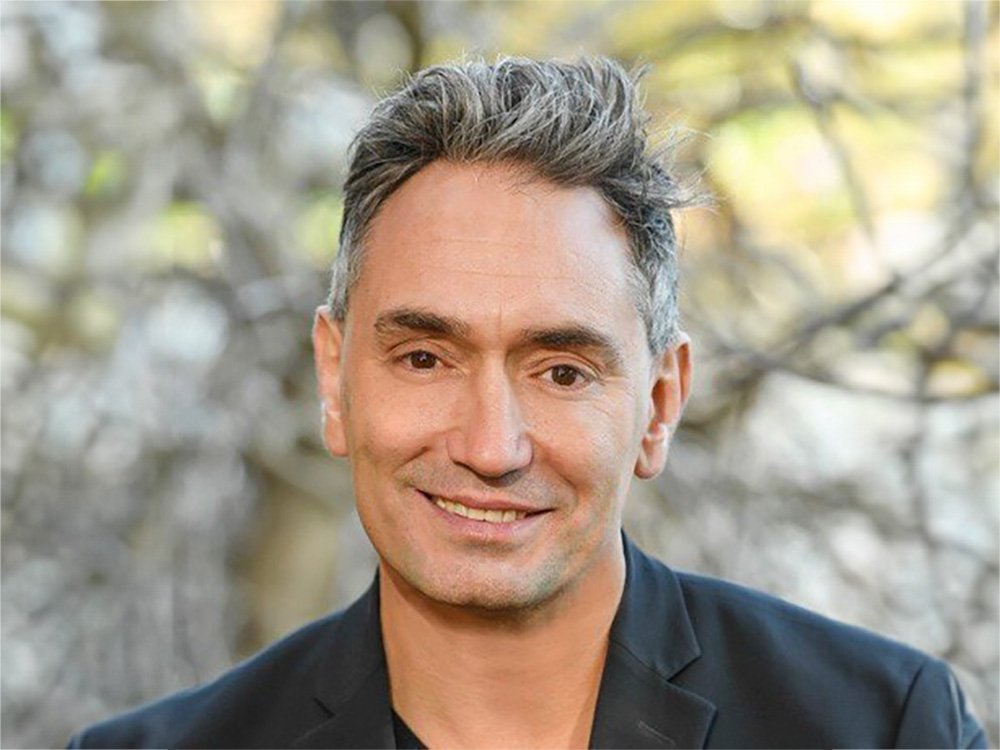Is There Anything More Complicated Than Our Public Mental Health Funding System?
Making sense with Alex Briscoe
Season 2 | Episode 9 | August 31, 2021
This episode tackles the gnarly tangle known as our public mental health funding system. So many questions I had. Why is there a chronic shortage of mental health treatment beds at every step of the continuum? Why do people get released too early from the hospital when they would benefit from long-term care? Why are mental health clinics limited in the services they can provide to their clients? Why are there no measurable outcomes applied to how funds are invested?
I curated ten observations about the system from my vantage point as a concerned layperson and asked Alex Briscoe to respond. He does a masterful job of providing clarification to either refute, affirm or amplify upon these observations.
Alex brings 13 years of experience working at the Health Agency in Alameda County, seven years as director; a $700M agency with over 6,000 staff members. He helps reduce to layman’s terms a complicated system that is tied to very stringent requirements associated with federal Medicaid policy (known as Medi-Cal in California) and compounded by the complications associated with the two different state actions to disburse state funds to localities (referred to as “realignment” in 1991 and 2011). Added to this mix are funds authorized by voter passage of Prop 63 in 2004, otherwise known as the “millionaire’s tax” which funds the Mental Health Services Act.
Alex Briscoe’s current role is that of Principal at the California Children’s Trust and that is where you can reach him. Here is a glimpse into their history and impact.
This interview brings to a close Season Two. This podcast is entirely supported by listeners and supporters of Heart Forward LA, which allows us to maintain an independent voice. Please consider a contribution of any amount to help underwrite Season Three, planned for its launch in January 2022.
Articles about Alex, his origin story and his accomplishments in this space:
General reference sources pointing to public mental health finance:


